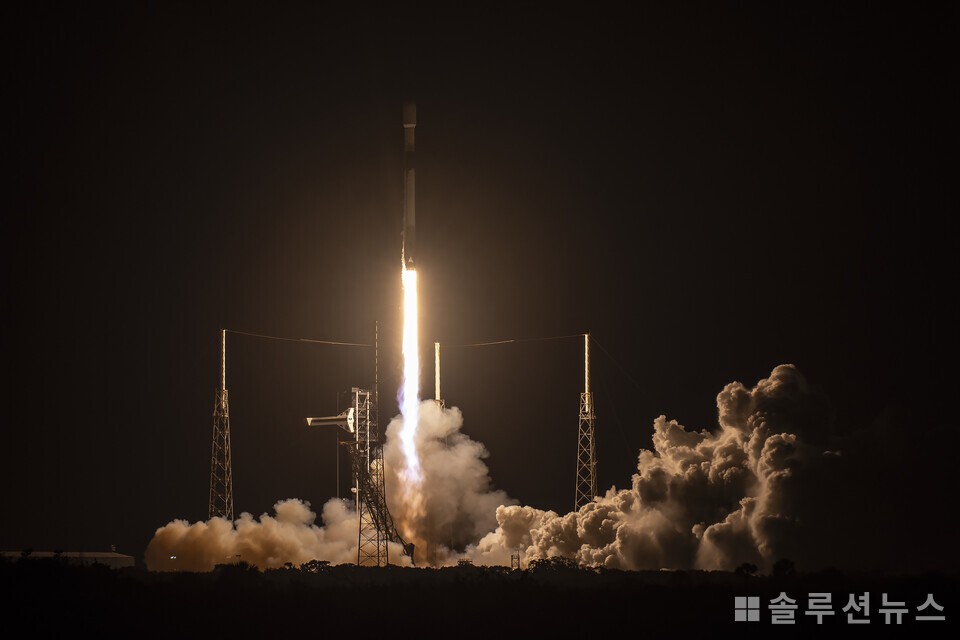The South Korean military has successfully launched the fourth reconnaissance satellite to enhance its surveillance and reconnaissance capabilities.
The Ministry of National Defense and the Defense Acquisition Program Administration announced that on April 22 at 9:48 AM (local time in the U.S., April 21 at 8:48 PM), the fourth military reconnaissance satellite was successfully launched from the Cape Canaveral Space Force Station in the U.S. After 15 minutes, the satellite entered its target orbit, and 56 minutes later, confirmed successful communication with the ground station, verifying its good condition.

The fourth satellite is equipped with a Synthetic Aperture Radar (SAR) which is capable of capturing ultra-high-resolution images. It can collect stable imagery regardless of weather conditions or time of day.
Alongside the previously launched satellites 1 through 3, this satellite will operate in a constellation. This will reduce the revisit period of surveillance satellites and allow for faster and more accurate detection of signs of provocations from North Korea.
The fourth satellite will, in the future, undergo space orbit testing under the supervision of the Agency for Defense Development, before it is fully deployed for surveillance and reconnaissance missions after operational tests and evaluations by the military.
Suk Jong-geon, Director of the Launch Management Division at the Defense Acquisition Program Administration, stated, “We aim to complete the launch of the remaining reconnaissance satellites within this year. With the addition of micro-satellites, we will establish an autonomous space force and emerge as a robust defense power in space.”
The Ministry of National Defense regards this achievement as a significant milestone not only for acquiring core surveillance and reconnaissance capabilities based on the three-axes system but also for accumulating domestic experience in satellite development.